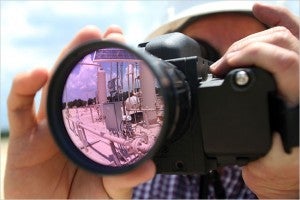This commentary originally appeared on EDF’s Texas Clean Air Matter blog.
The Solar Decathlon, a competition that challenges colleges across the nation to design and construct efficient, affordable and attractive solar powered-home, is taking place October 3-13 at Orange Country Great Park in Irvine, California. The bi-annual event, organized by the U.S. Department of Energy (DOE), awards the team that excels in combining cost-effectiveness, consumer appeal and energy efficiency into a state of the art home. But like many competitions, the real winners are those that pursue the challenge long after the bout ends, and this decathlon is no exception. Year after year, students graduate and form the next wave of clean energy entrepreneurs, engineers and architects looking to advance energy efficient homes.
This year, the University of Texas at El Paso and El Paso Community College have joined forces to create Team Texas. The last time a Texas university participated in the Solar Decathlon was in 2007, when the University of Texas at Austin and Texas A&M University competed as two separate teams.
This year Team Texas has submitted ADAPT, a house that reflects the nature of the two universities’ homestead, El Paso. Its design maximizes the use of solar energy, an abundant resource in the Southwest, and is meant to feel natural on a mountain plateau, high desert or green farmland. ADAPT embraces the belief that “a home is not just a location or state of mind but a place where the heart is”. Read More















